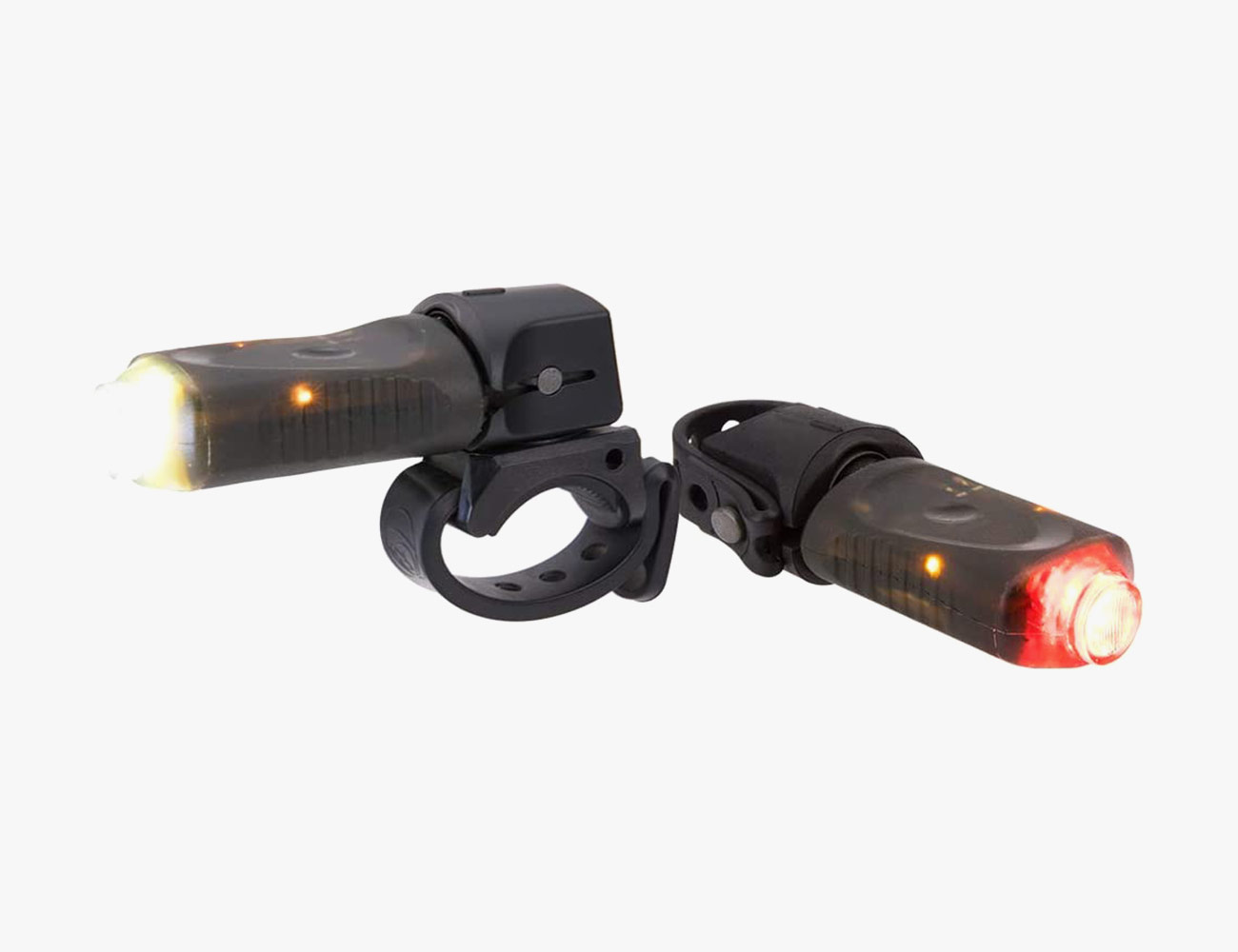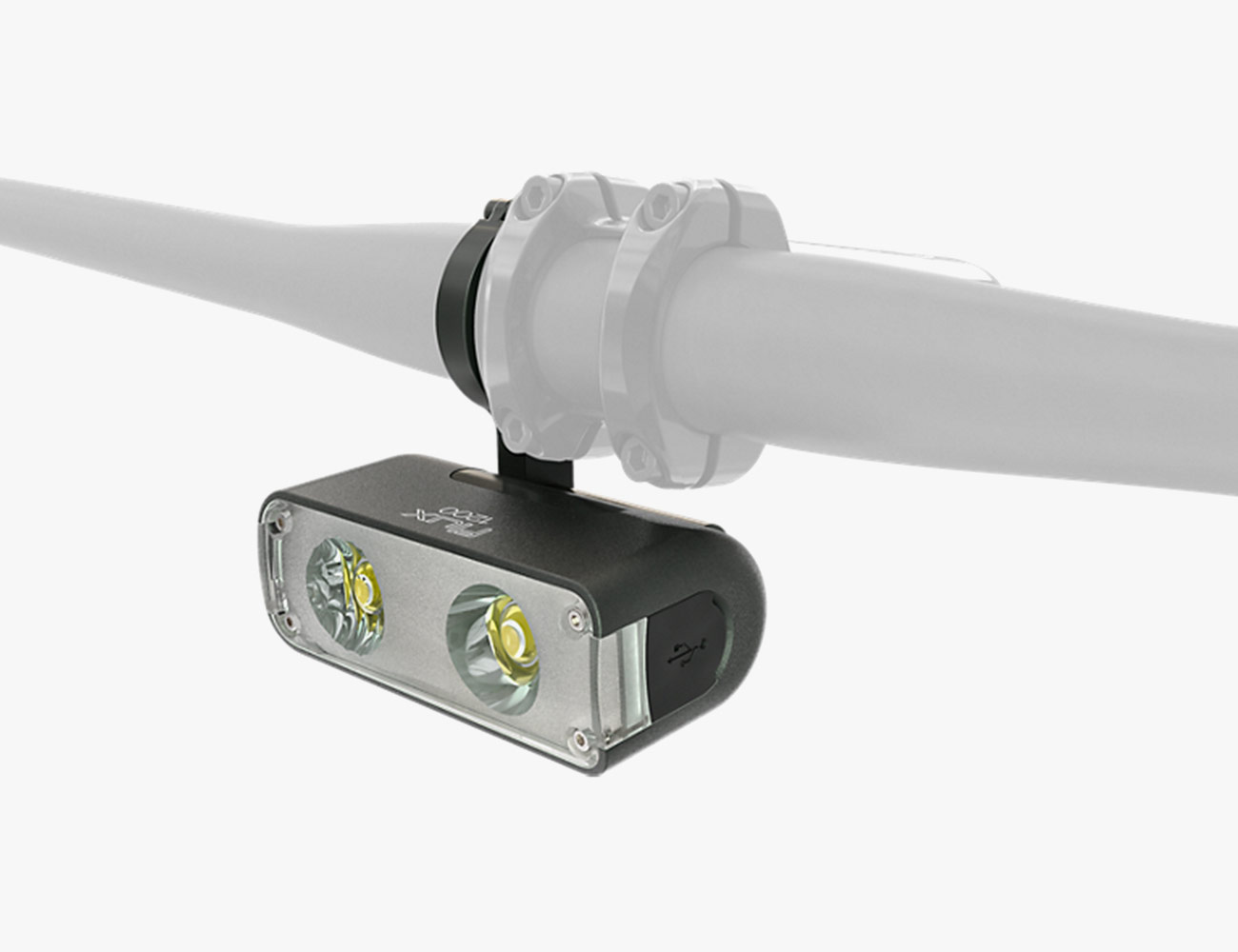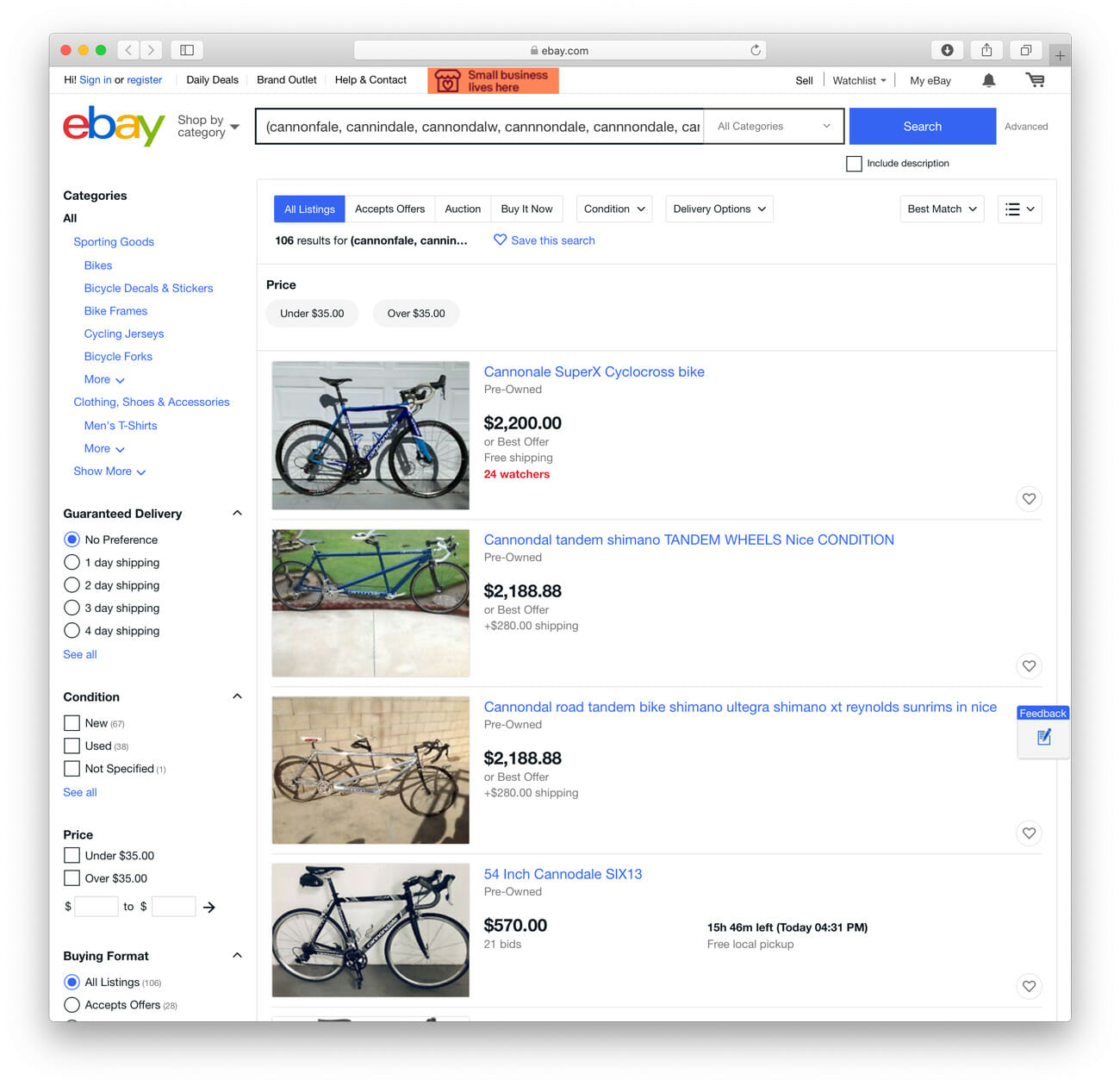Chances are your gym is closed and you really don’t want to be on public transit at the moment. If you’re still leaving the house at all, the smartest way to do it might be by bike. Not only are you a safe distance from others, you’re also getting in a bit of exercise that will keep you healthy and sane.
If you are riding, now or any time, your biggest risk is still being hit by a car. Although it’s nearly always the fault of the driver, and there’s very little you can do to protect yourself from someone who thinks their Instagram is more important than your life, it does make sense to do everything you can to increase your visibility.
If you’ve ever commuted by bike, you may have noticed that you feel paradoxically safer at night. I regularly teach night lectures at a local university and riding home I notice that I am given a much wider berth by drivers. Statistics show that most accidents on bikes happen in the daytime, but this is not surprising given that most bike rides also occur in daylight hours.
What’s more interesting is that using the same lights I use when riding home at night (which one of my colleagues once said make me resemble a “spandex Christmas tree”) might actually make me safer in the day as well — and you too, of course.
Illuminating Research
A study carried out in Denmark in 2012 showed a 19 percent reduction in accidents when using daytime running lights compared to riding without them. This makes sense, and the same effect can be seen with cars and motorcycles. Another study, conducted by tracking the eye movements of participants when shown a video of a car approaching cyclists from the driver’s perspective, found that drivers first look at a cyclist from only 10 meters farther way when a light is used.
To be more conspicuous to drivers who are not looking for cyclists, you must violate visual expectations and force your way into their perception with things like flashing lights.
However, the distance at which the driver recognized what they were looking at differed widely; the rider with the flashing tail light was recognized as a cyclist from 226 meters away, compared to 140 meters without a light. That distance, 86 meters, is the distance required for a driver to react and come to a complete stop when driving 65 mph — which could be a life or death difference.
Why is that flashing light so much better than the rider without a light? According to Marc Green, an expert in collision analysis, it’s because humans are hard-wired to limit the amount of things they pay attention to.
Drivers are mostly looking for other drivers because they have a limited capacity to process visual information, so their brains look for what is the most likely threat. To be more conspicuous to drivers who are not looking for cyclists, you must violate visual expectations and force your way into their perception with things like flashing lights.
Lumens, Lux and Beyond
Of course not all lights are created equal. Although light power is measured in lumens, that’s not the best way of determining how visible a light is.
For example, a 1,000-lumen light with a tight focus may seem very bright as those lumens are very concentrated, but a 1,000-lumen light with a poorly designed reflector that scatters the light could be hard to see. It’s also important to be visible from the side, something which many well-focused forward and rear facing lights tend to neglect.
Your efforts should go beyond lights. I’ve noticed that using high-visibility clothing on my hands, feet and head seems to ensure I get a greater berth from drivers — and I still look like I am out to ride on the road, not work on resurfacing it.
Luckily, there are resources to compare lights. The website wetestlights.com offers real versus claimed battery life charts and brightness measures, plus actual photos of light beams and side visibility. The site is owned and run by light company Light and Motion, but the pictures of light beams and the effort at an industry standard testing protocol makes it a useful resource for consumers.
We could also measure lux, which quantifies how lumens are distributed on a surface (one lux is one lumen per square meter) and state that on light packages, but it is not that easy and nobody in the bike industry does it.
Your visibility efforts should go beyond lights. I’ve noticed that using high-visibility clothing on my hands, feet and head seems to ensure I get a greater berth from drivers — and I still look like I am out to ride on the road, not work on resurfacing it. The gloves and socks from Specialized’s Hyper Viz collection, along with the brand’s pink and purple Prevail helmet, are my go-tos for most rides these days.
It also helps to ride safely and defensively, using bike lanes where they are safe but riding in the middle of the lane in areas where using the sides might lead to getting close-passed as drivers try to squeeze by — or being “doored” as they exit vehicles.
The best light for you depends on a lot of factors: how much battery life do you need? Where do you want to charge it? Does your bike have an odd-shaped post of bar that interferes with mounting? Think about those factors, then check out some of our favorites below. There’s sure to be a set or two for you.
The Bike Lights We Love
Light & Motion Vya Pro Combo
For everyday rides, I use lights that I categorize as “be seen” lights. I try never to ride without these even if I am leaving for a training ride at 10 am and know I will be home hours before dark. I love the Light and Motion Pro Commuter Combo. These lights plug directly into a USB port so they are easy to charge, and they turn themselves on as soon as I start moving, so I am always lit up day or night. They offer great pulsing light patterns that attract attention. while small amber side light increases visibility from the side.
Specialized Flux 1200
On my commute bike, I mount a Specialized Flux 1200 headlight because it leaves me a bit more handlebar space for other accessories — like the awesome Spurcycle bell — and it has very visible side lights that stand out even when I am using a bar bag due to the unique mounting system. It is also more than bright enough to ride home off road, which I sometimes do if the post happy hour impulse to make mediocre choices leads me and my road bike down some warranty-voiding single-track on the way home.
Lezyne Smart Connect LED Lights


For night riding, I turn to Lezyne’s Smart Connect LED Lights. They can be turned on and off, and adjusted, from Lezyne’s GPS units. The Super Drive 1600 XXL is, as the name suggests, a big-time unit. Paired with the brand’s great in-line GPS mount and the KTV Pro Smart Rear Light, it got me through off-road night rides in rural Rwanda last month when not seeing something like a missing bridge might have been fatal. These are my “see and be seen” lights, and I use them whenever there are low-light conditions. This means rain, fog or mist as well as at night. The same goes for the bright gloves, socks and helmet. I wear the gloves and helmet almost every day and keep the reflective socks for night rides and after-dark commutes.
|
Light and Motion Vis 360
If I am off road at night, I like to add a helmet light to my see-and-be-seen set up. This lets me look at trail features which are not right in front of my bars (useful on switchbacks or steep sections). The Light and Motion Vis 360 is great for this purpose. It is plenty bright enough to see on its own, and it adds a tail light and side lighting that many other helmet-mounted lights lack.







